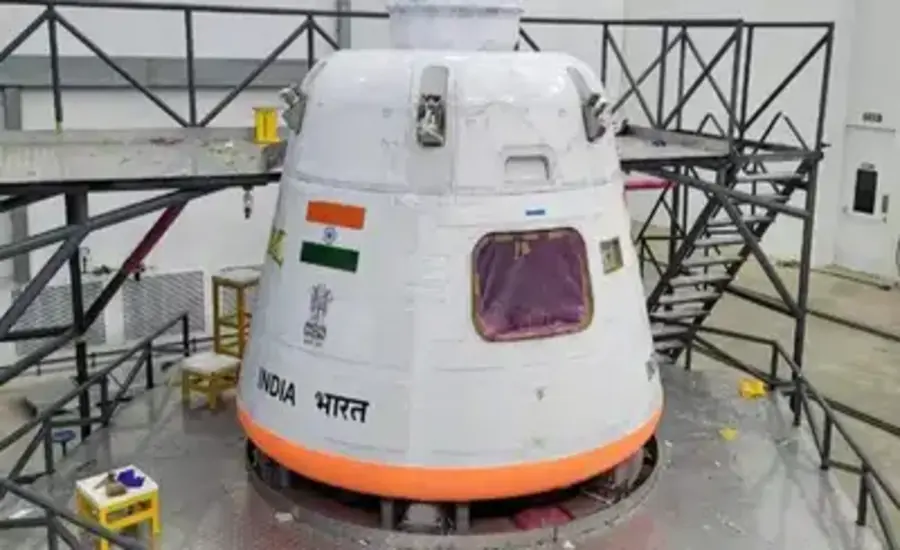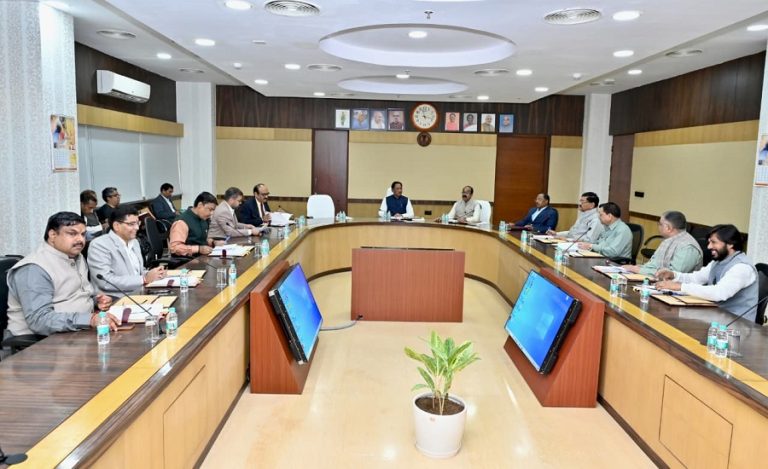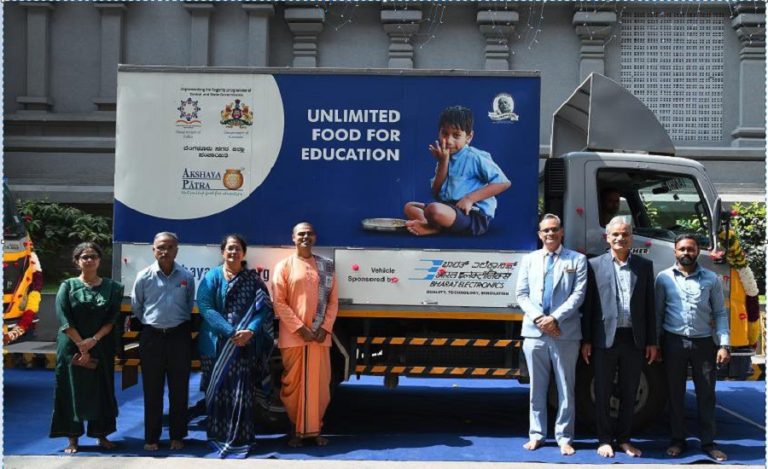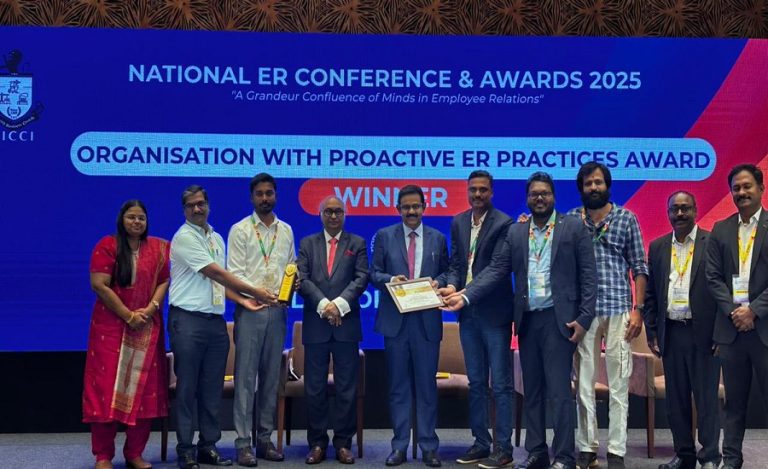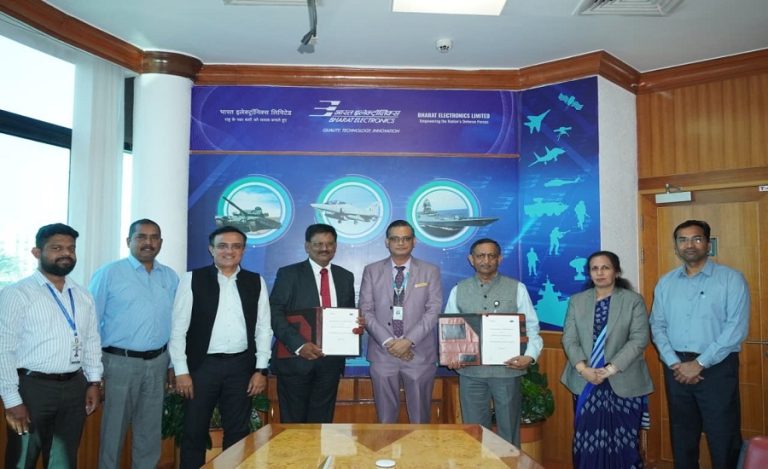In a landmark achievement for India’s space ambitions, Godrej Aerospace has delivered the first human-rated L110 stage Vikas engine to ISRO’s Liquid Propulsion Systems Centre (LPSC). This milestone is pivotal for the Gaganyaan programme — India’s first indigenous human spaceflight effort — and underlines the nation’s growing capabilities in crew-rated space technology.
Background of First Human-Rated L110 Vikas Engine
The L110 stage is the liquid-core stage of the LVM-3 (formerly GSLV Mk III) rocket, designed to power the heavy-lift launch vehicle that will carry Indian astronauts. The “Vikas” engine family, of which the L110 stage uses two clustered Vikas engines, has a long legacy in India’s launch vehicles.
With the Gaganyaan mission targeting crewed flight in the coming years, upgrading to human-rated systems — meaning stricter safety, redundancy, testing and qualification — is essential.
The collaboration spans decades: Godrej has supplied precision components and engines for major Indian missions including Chandrayaan and the NISAR Earth-observation satellite.
Importance of First Human-Rated L110 Vikas Engine
- This marks a major step in the human-spaceflight readiness of India — human-rating the L110 stage means safety and reliability thresholds have been raised.
- It strengthens India’s goal of launching astronauts on a home-built system: the Gaganyaan mission’s first uncrewed test flight is scheduled for early next year, and a crewed flight around 2027.
- It demonstrates the maturity of India’s aerospace-industry partnerships: private industry (Godrej) delivering mission-critical hardware to the national space agency (ISRO).
- It bolsters national pride and technological independence: fewer dependencies on foreign suppliers for crewed-launch capability.
Key Challenges to Watch
- Human-rating a launch vehicle stage is significantly more demanding than unmanned missions: extensive testing, redundancy, validation under extreme conditions, and crew safety systems must all be qualified.
- Integrating this human-rated engine into the existing LVM-3 architecture, and ensuring it performs reliably in flight, remains a complex task.
- The timeline is ambitious; although the engine has been delivered, systems integration, testing of crew modules, escape systems, life-support and recovery must all align to meet the upcoming mission schedule.
- Coordination across multiple agencies (ISRO, LPSC, private suppliers) and meeting strict regulatory, certification and safety protocols add layers of complexity.
Key Implications
- For the Indian space ecosystem; validation of the private industry’s role in high-end space hardware. It opens pathways for more industry participation in future human-spaceflight and satellite launch systems.
- For India’s strategic position; successful crewed capability enhances India’s standing in the global space domain, potentially opens commercial/ international collaboration opportunities.
- For technology spin-offs; high-reliability, human-rated systems often bring advances in manufacturing, materials, testing and quality assurance that benefit the broader aerospace and defence sectors.
- For society and economy; inspiring a new generation of engineers, scientists; growing domestic supply-chain for advanced aerospace; potential growth of high-skilled jobs.
Way Forward
- ISRO will now integrate the delivered human-rated L110 stage engine into the LVM-3 rocket for the upcoming uncrewed Gaganyaan flight. This will involve ground tests, stage assembly, and full-vehicle validation.
- Parallel work continues on the crew module, escape system, parachute recovery system, life support and astronaut training, all essential for a safe crewed flight. (Note: a parachute system test was conducted on 3 November in Babina Field Firing Range)
- The next 12-24 months will be critical; operationalising the fully human-rated launch vehicle, conducting uncrewed test flights (to validate flight performance, safety, and recovery), and moving toward the crewed mission.
- Private-industry support and further qualification of other rocket stages, subsystems and ground infrastructure will need to continue at pace.
- From a policy perspective, fostering public-private partnerships, promoting domestic aero-space manufacturing, and ensuring supply-chain robustness will be important.

